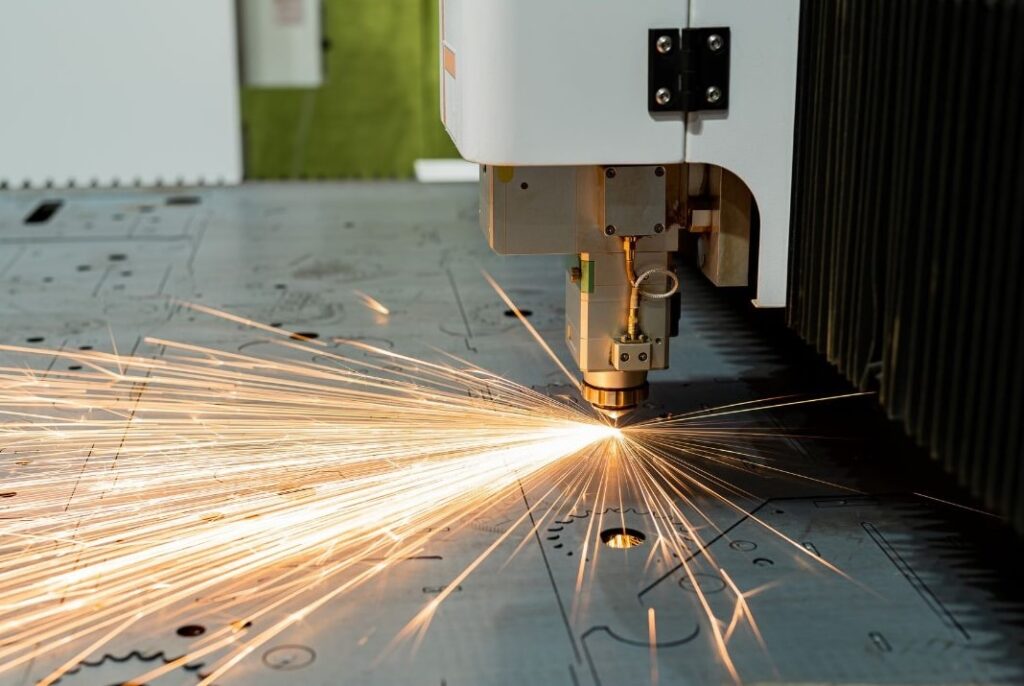
What is a Flat Pattern Development in Sheet Metal Fabrication?
Before any bending begins, a sheet metal part starts life as a 2D layout. That’s the flat pattern development. It’s...

CNC sheet metal projects can be deceptively pricey. One design tweak here, a tricky tolerance there — and suddenly, costs snowball. For small manufacturers and design firms, every penny really does count. The good news is, reducing CNC cost isn’t some guarded secret.
This guide breaks down ten ways to stay in control of the cost of CNC sheet metal fabrication, right from the start. So, if you’re working on a tight budget or trying to get the most from your prototyping spend, you’re in the right place. From smarter design to material choices to CNC metal punching, it’s all about making practical decisions early — and often, that’s where the biggest savings live.
So much of CNC machining cost starts with design. If something’s awkward to cut, bend or punch, it usually takes longer and costs more. That’s where Design for Manufacturability (DFM) steps in — it’s really just about making parts easier and quicker to produce without losing what they need to do.
Smart design can lead to low-cost sheet metal solutions without compromising strength or function. A few things often drive costs up unnecessarily:
By avoiding those, you’re already reducing CNC cost before a machine even starts. It’s a classic case of planning ahead — and it saves both time and money.
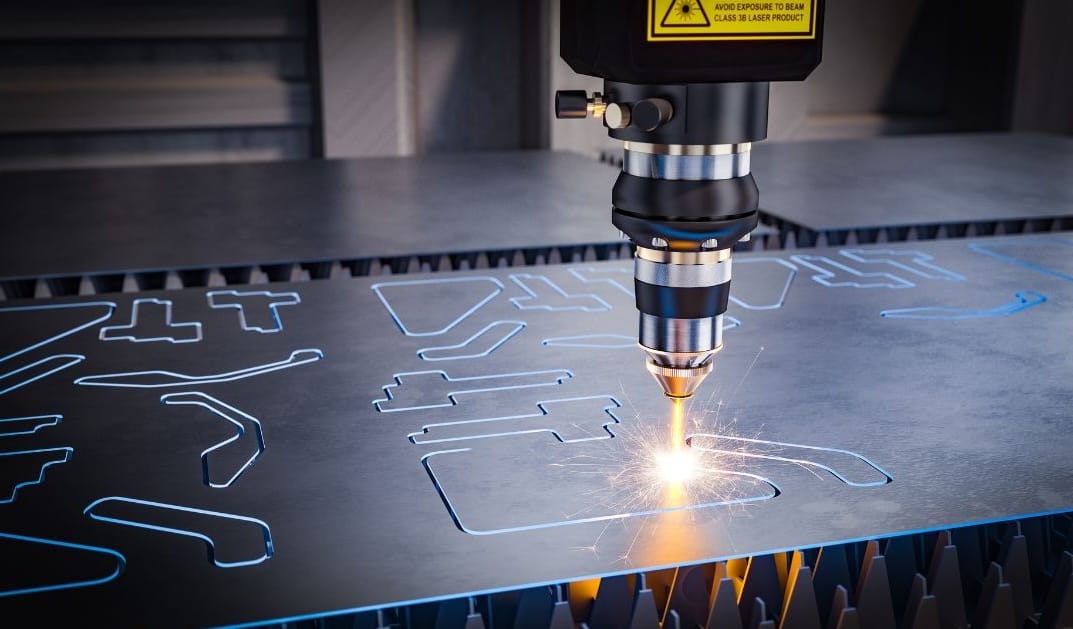
It’s tempting to apply tight tolerances across every feature — just in case. But, truthfully, that’s one of the fastest ways to see CNC cost creep up. Machines need to work slower, tool wear increases, and inspection takes longer.
Unless a dimension genuinely affects fit or function, a standard tolerance usually does the job. Over-specifying can turn a simple project into a costly one, especially for prototypes or small batches.
For example, tolerances of ±0.25 mm are quicker (and cheaper) to achieve than ±0.1 mm — and often perfectly fine. It’s one of the easiest ways to reduce sheet metal production costs, especially if you review each critical feature early on.
Material choice often makes or breaks a CNC sheet metal budget. Some alloys might look ideal on spec sheets, but in practice, they’re harder to cut, pricier to source, and slow everything down. The trick is to choose materials that suit both performance and price.
So, if you’re aiming for CNC machining on a budget, here are a few options that typically work well:
Each of these fits well within most applications and helps with cost-effective CNC design from the outset.
Overly intricate designs often seem clever — until the machining bill arrives. More angles, curves, cut-outs and odd features usually mean more programming, longer run times, and extra setup stages.
For anyone watching the cost of CNC sheet metal fabrication, simpler is almost always better. Basic shapes, consistent wall thicknesses and fewer operations can slash time on the machine — and time, as you know, equals money.
It’s not about dumbing things down. It’s about trimming the bits that don’t really add value but end up adding cost. The less your design fights the process, the more budget-friendly it tends to be.
Custom tooling might sound like a good idea, but it often means extra setup time, higher upfront costs, and longer lead times. If you’re looking to reduce sheet metal production costs, sticking with industry-standard tools and off-the-shelf components can make a big difference.
Here are some standard elements that help keep things affordable:
By planning around what’s already available, you avoid reinventing the wheel — and that’s one of the easiest ways to keep your CNC costs under control.
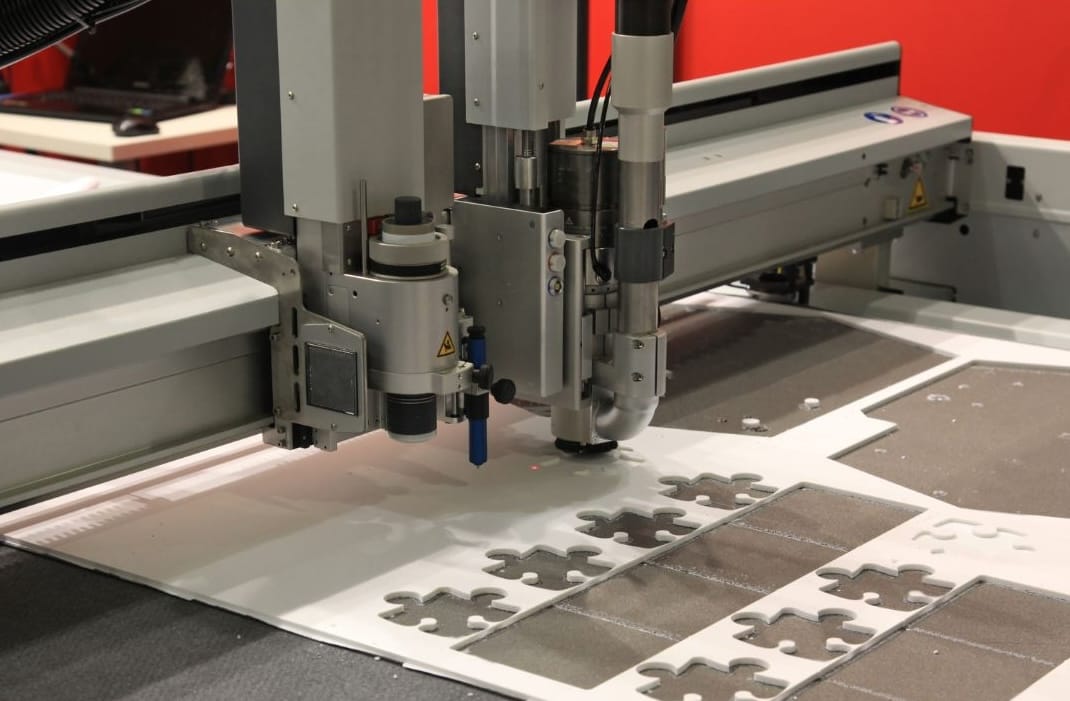
Smaller batches mean more frequent setups, which adds time — and cost — with every run. When possible, producing larger quantities can dramatically reduce the cost per part.
Here’s a quick look:
So, if you’ve got the demand, batching up work could be your most direct route to low-cost sheet metal solutions.
Setup time isn’t just about clamping parts in place — it’s the prep, tooling changes, material handling and job programming too. And all of that adds to your final cost.
With proper planning, though, you can cut a fair bit of it out. For example:
If your project runs repeatedly, those gains multiply, which is brilliant if you’re figuring out how to save on CNC machining.
Too often, CNC designs hit the workshop without a sanity check — and that’s where costs start creeping up. Engaging with an expert early on doesn’t just save back-and-forth, it genuinely helps reduce unnecessary machining time, rework, and material waste.
By discussing tolerances, toolpaths, and finishes in advance, you get a clearer idea of what’s possible, what’s practical, and where the hidden expenses hide.
Our team at Greengate Metal Components are here to help — just head over and contact us when you’re ready to talk.
Finishing touches like painting, coating or deburring might seem small, but they add up — especially across a batch. Being aware of post-process costs early means fewer surprises on your final invoice.
Here are a few typical post-processes:
So, for sheet metal fabrication cost tips, always factor in what happens after the cutting stops.

Before any bending begins, a sheet metal part starts life as a 2D layout. That’s the flat pattern development. It’s...
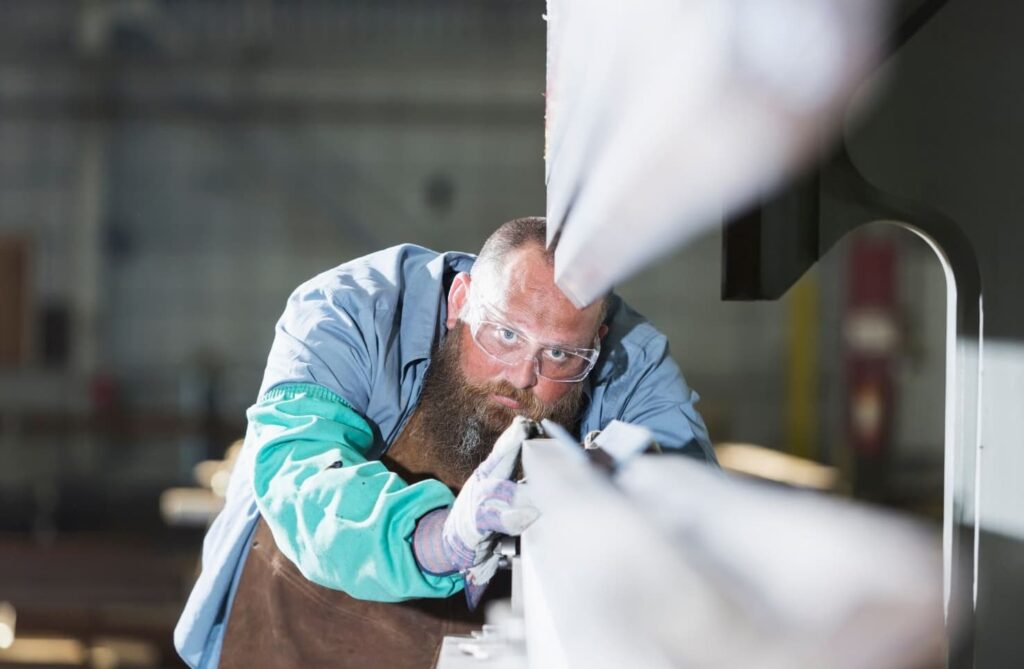
Most sheet metal design errors don’t happen during production — they start earlier, in planning or communication. Maybe it’s the...
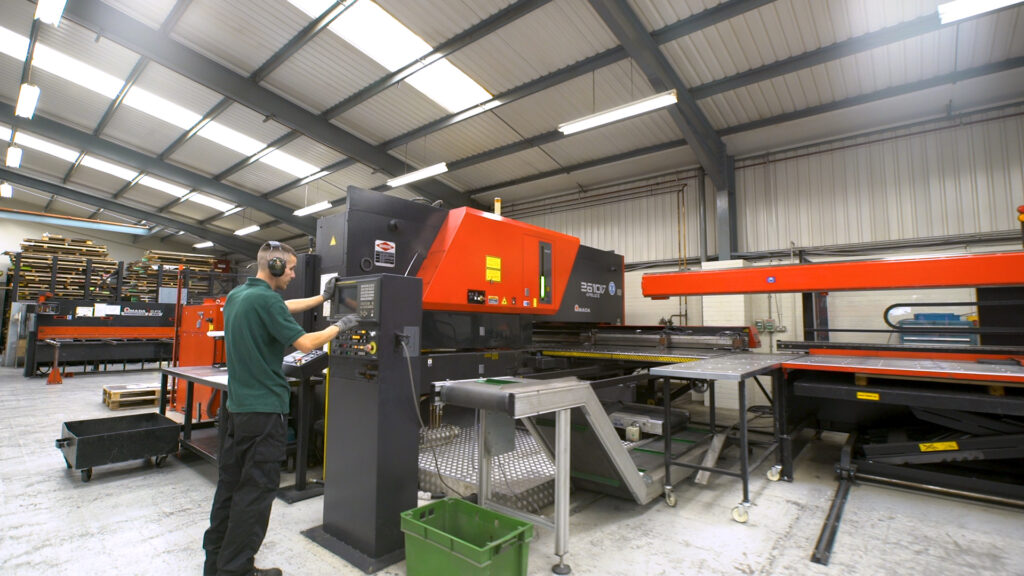
While Numerical Control (NC) has been around for decades, Computer Numerical Control (CNC) continues to reshape how precision parts get...